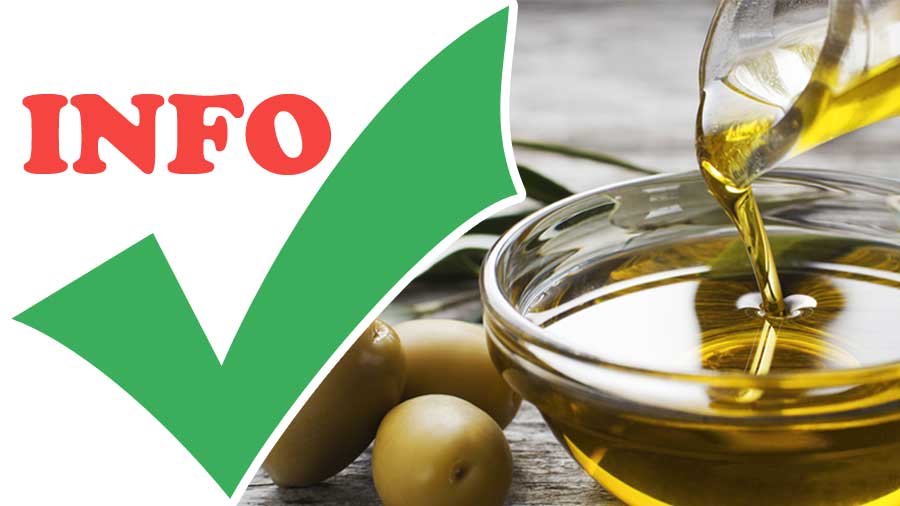Unlike other oils, which are extracted from the seeds or dried fruits of plants, olive oil is pressed from the pulp of ripe olives, which give it an inimitable richness and flavor.
Besides being polyunsaturated and a natural fat, making it a healthy alternative to many other fats, olive oil is valued for its fine, nutty flavor. Italy, France and Spain produce some of the best, and different regions produce distinctively different olive oils.
Which Olive Oil is Best for Different Uses
The production of olive oil is strictly controlled and regulated, rather like wine.
Extra Virgin Olive Oil
The richest and best oil comes from the first cold pressing of the olives, with no further processing, producing a rich green “extra virgin” oil. It must have an acidity level of less than 1 per cent. The distinctive fruity flavor of this oil makes it ideal for salad dressings and using raw.
Virgin Olive Oil
Virgin oil is pressed in the same way, but is usually from a second pressing, but has a higher acidity level and not such a fruity flavor. It, too, can be used as a condiment, but is also suitable for cooking.
Unclassified Olive Oil
Unclassified olive oil is refined, often using heat and chemicals to aid extraction, then blended with virgin oil to add flavor. It has an undistinguished taste but is ideal for cooking as it is generally much cheaper than the best olive oil which is decidedly expensive. It is made with slightly under-ripe olives, which give it a luminous green color.
How to Store Olive Oil
Once opened, keep olive oil in a cool, dark place. Use it within six months of opening.
Nutrients and Calories in Olive Oil
Amount Per 1 cup (216 g)
- Calories 1910 Kcal
- Total Fat 216 g
- Saturated fat 30 g
- Polyunsaturated fat 23 g
- Monounsaturated fat 158 g
- Cholesterol 0 mg
- Sodium 4.3 mg
- Potassium 2.2 mg
- Total Carbohydrate 0 g

